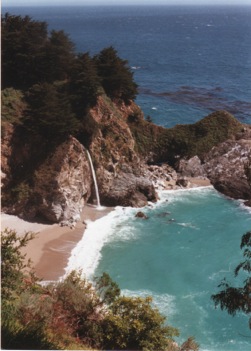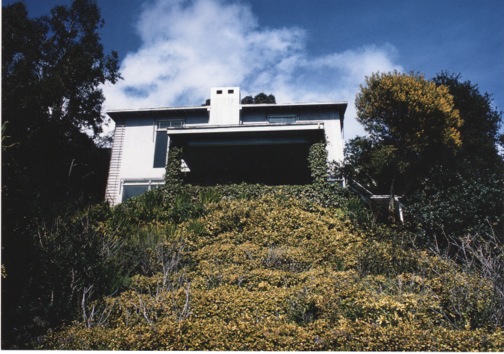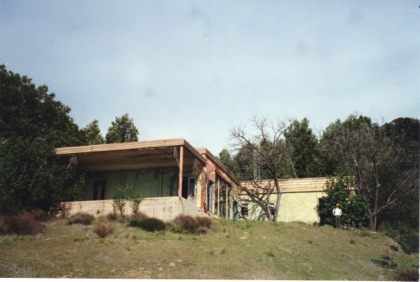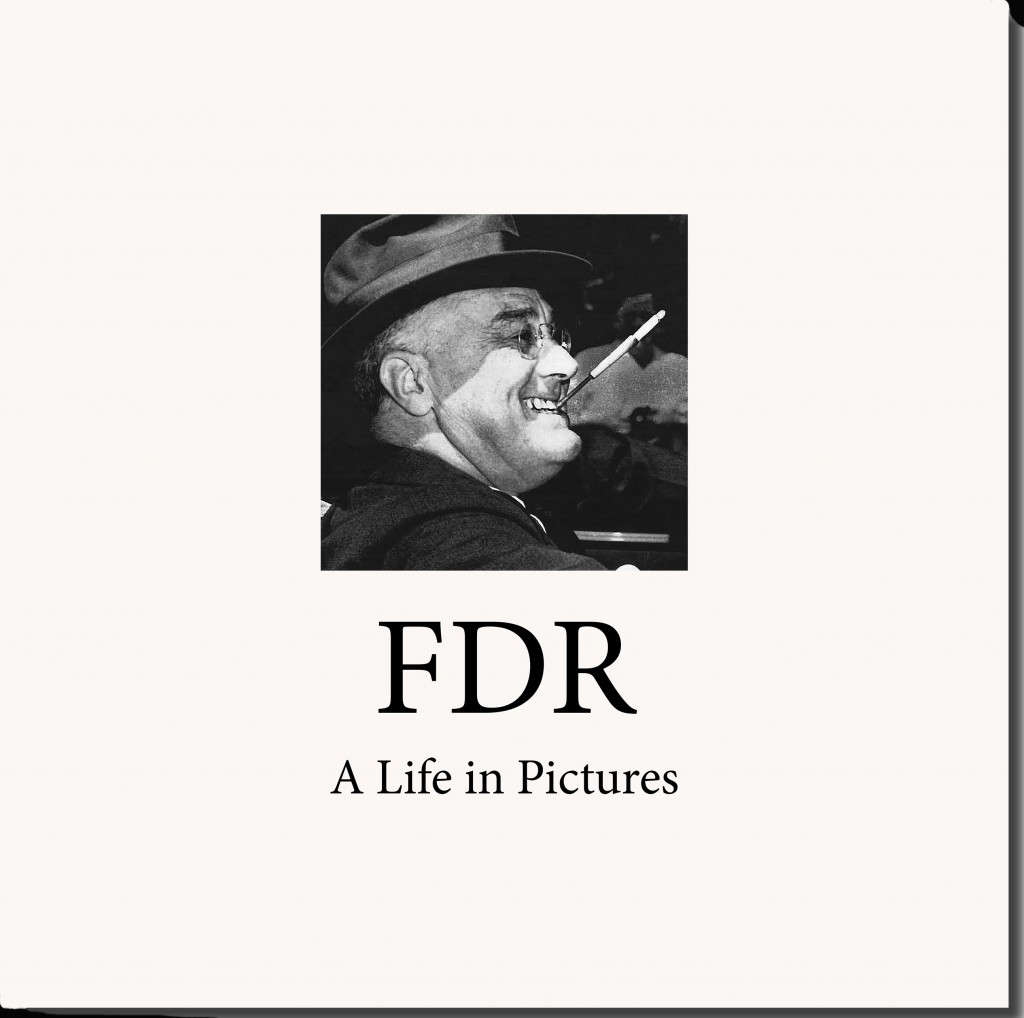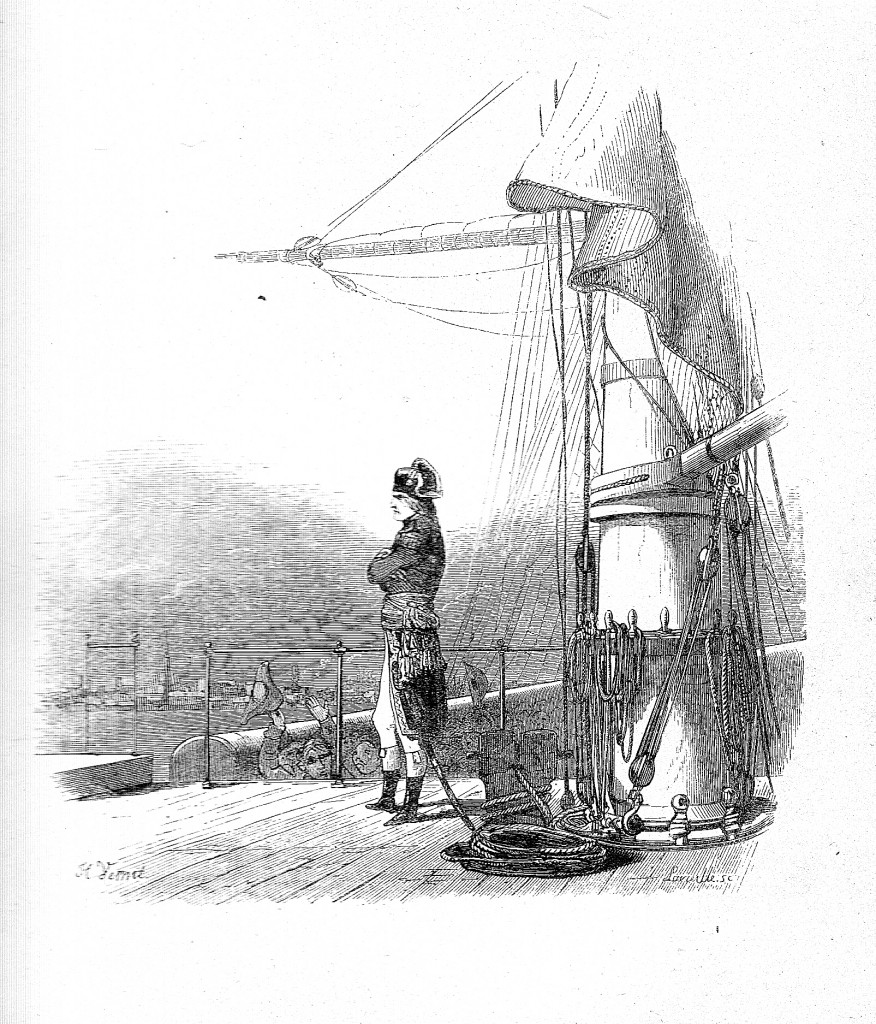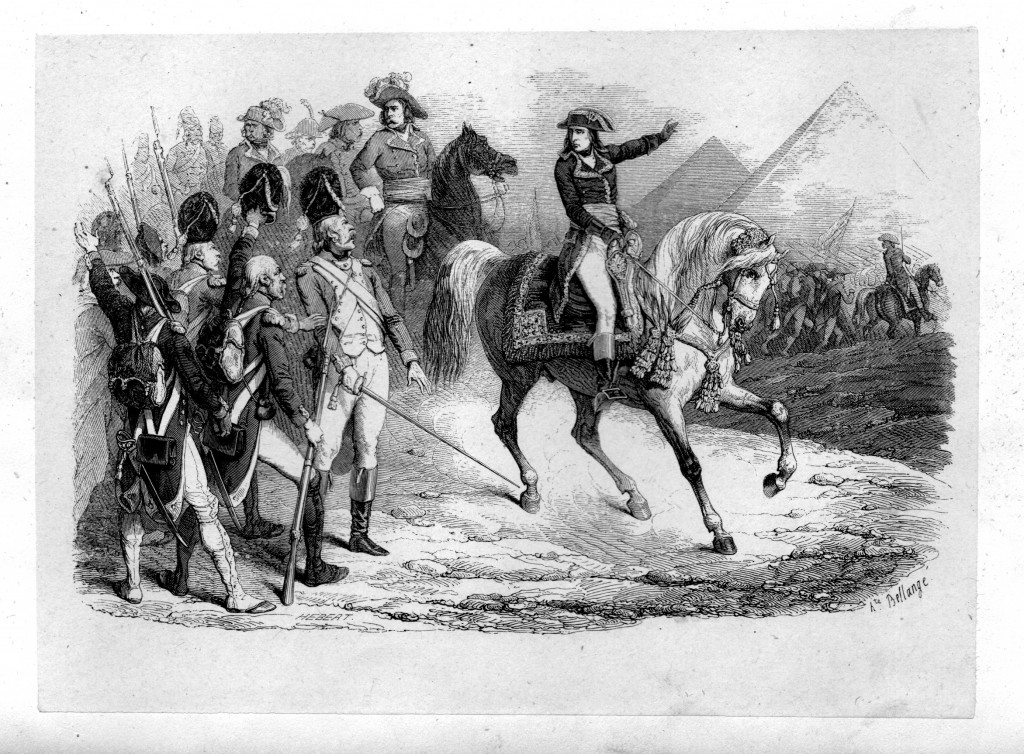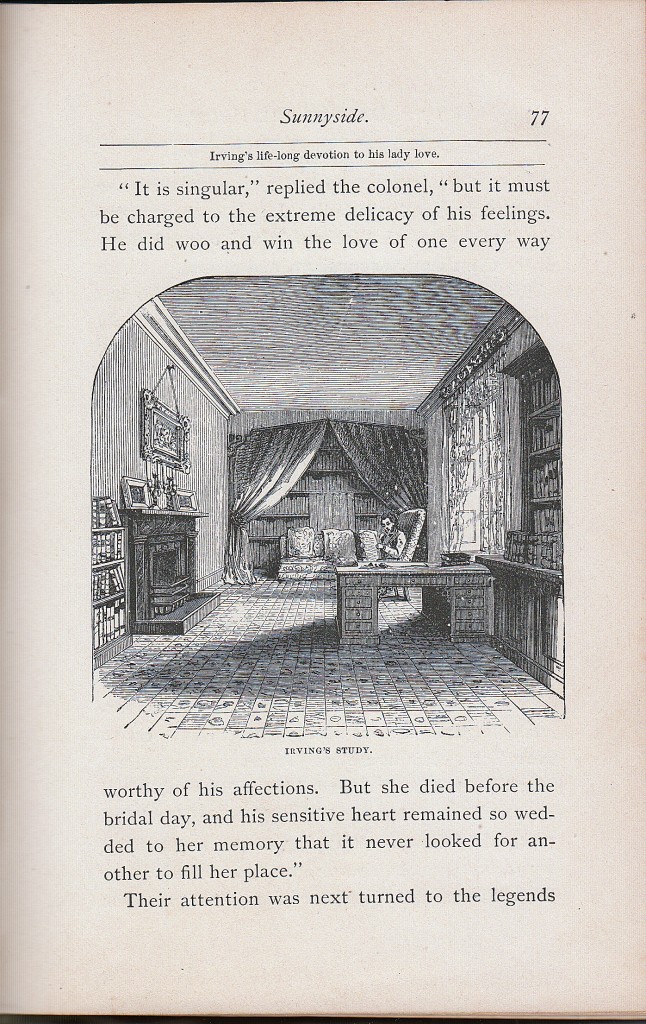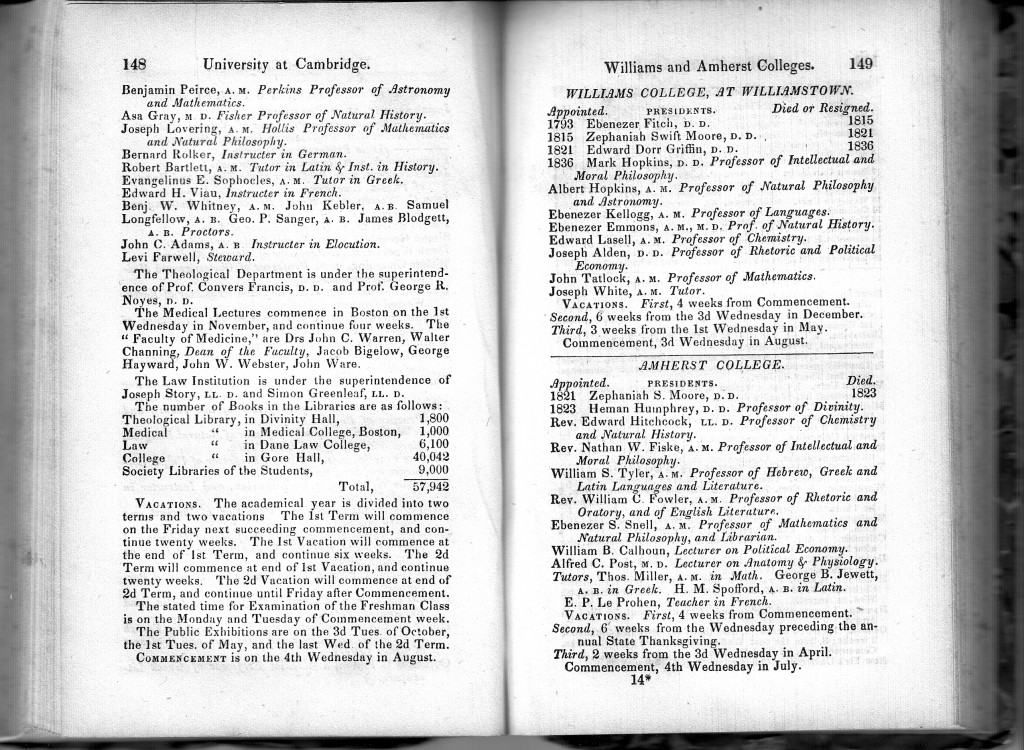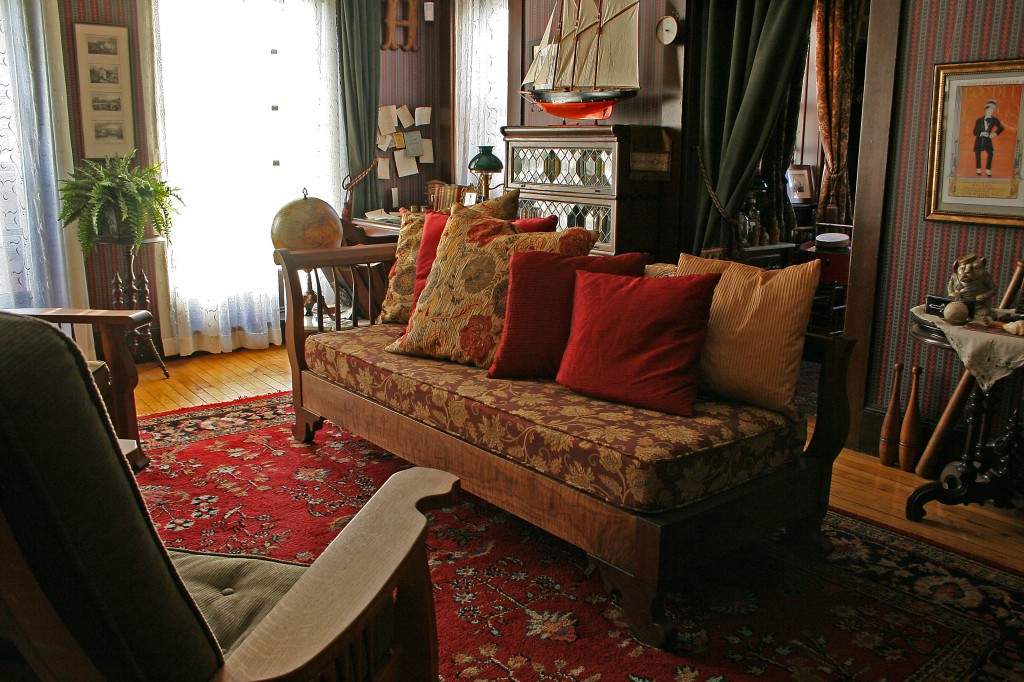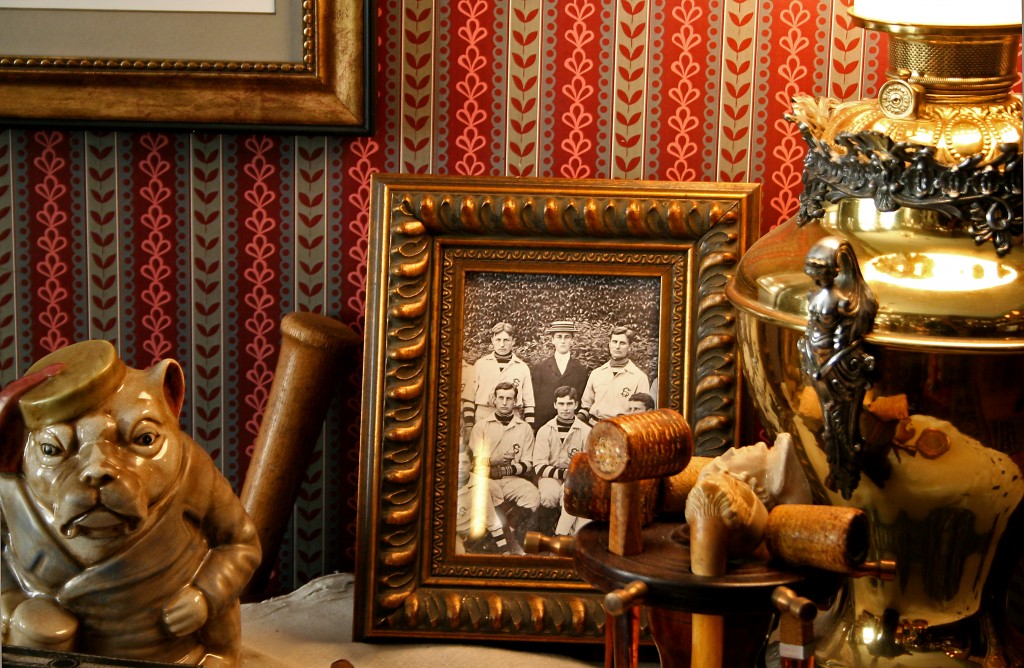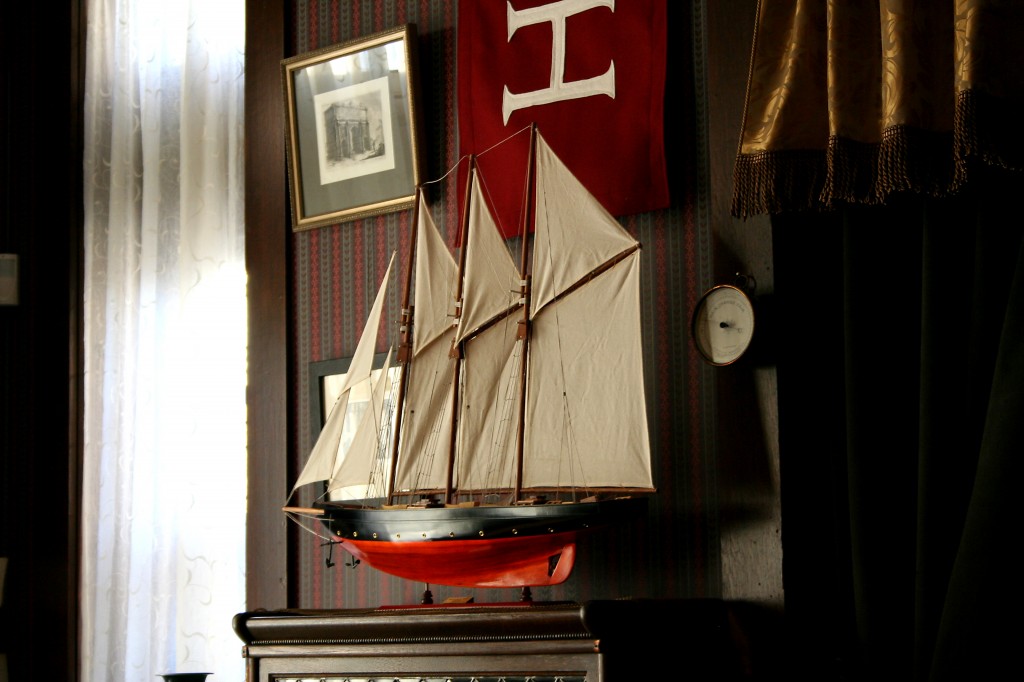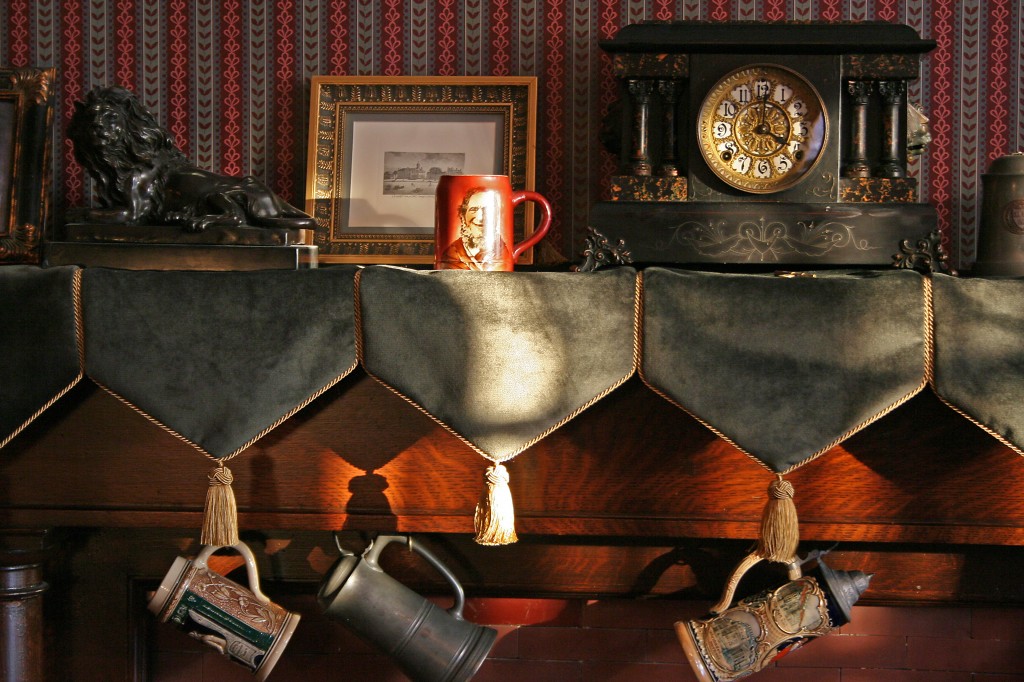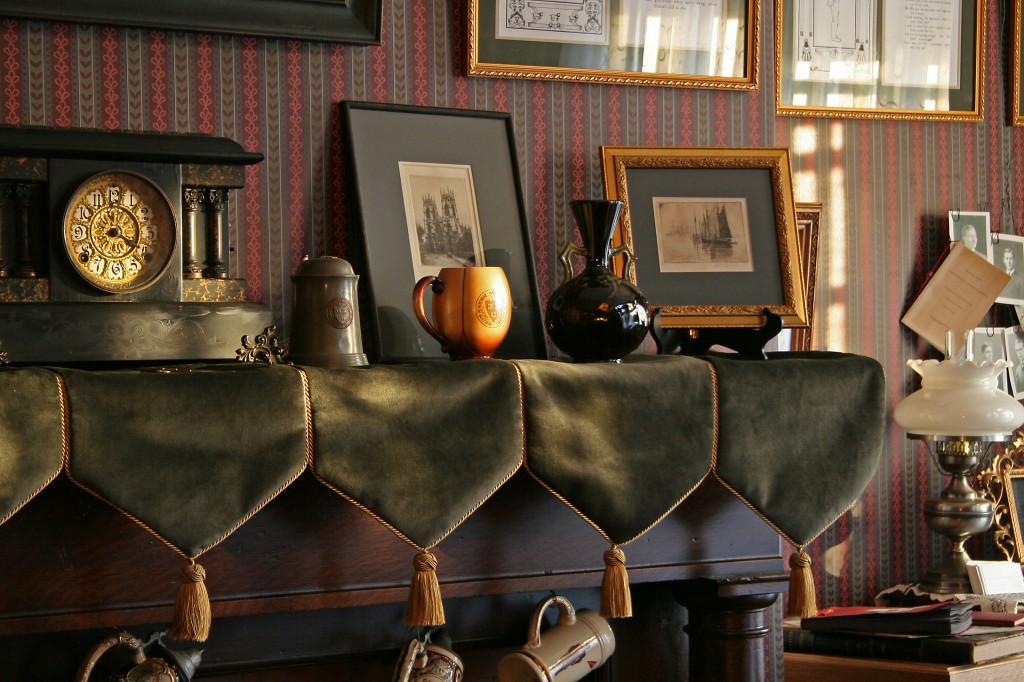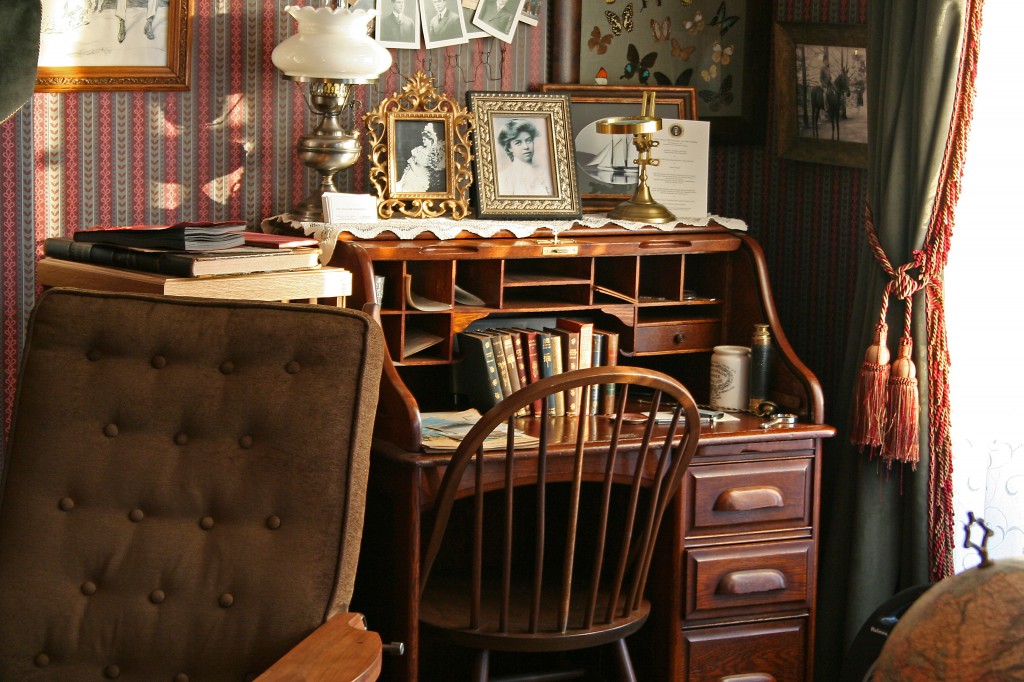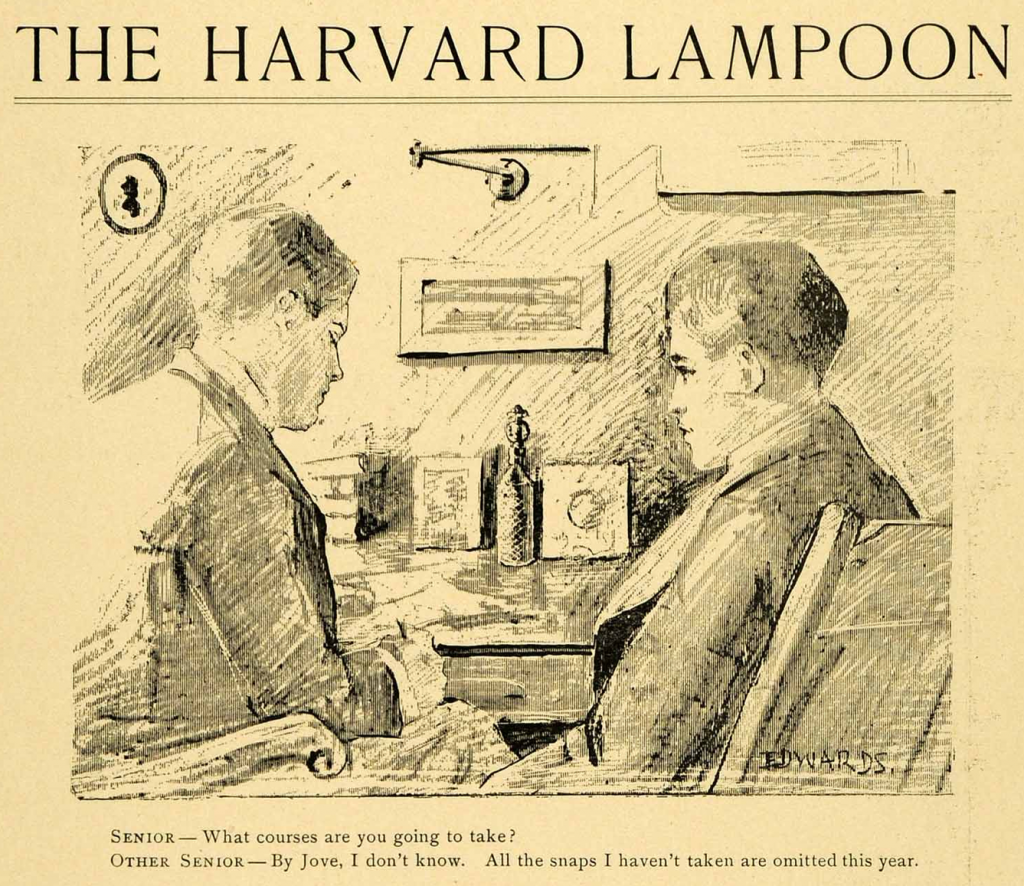[For this this issue we’re delighted to have Pam Canfield Grossman, Lathrop Brown’s granddaughter, as guest author. – Eds.]
Questions about my grandfather Lathrop Brown and his life after Harvard keep surfacing in these pages, most recently concerning the Tin House at Big Sur. The life stories of Lathrop and Hélène Brown could practically be told as a succession of the houses in which they lived, nearly always at the edge of the continent. First on Long Island where Lathrop raised and raced horses [now the Knox School], then near the White House in Washington while Lathrop was in Congress and, later, when he was assistant to the Secretary of Interior. Afterwards they lived in Manhattan, then Montauk Point, and Boston.
In 1924 they traveled to Carmel, California in search of a secluded site at the ocean. On a horse and mule trip to the Big Sur area they found Saddle Rock Cove where a waterfall poured over the rocky bluff into the Pacific. They purchased the adjacent 1800 acre cattle ranch and began a bi-coastal life, maintaining a residence in Boston as well as Big Sur.
The old ranch house at Saddle Rock was soon replaced with a new house built using the local redwood trees. Electrical power was supplied by a waterwheel driven by the stream. In 1939 construction began on Waterfall House. Sited halfway down the cliffs from the newly built highway above and reached by a short funicular railway, it was a beautiful contemporary building, with gardens around the house and across Saddle Rock cove.
The Tin House, which the family called the Gas Station, was built in the mid 1940s high on the hills above Saddle Rock cove. It could only be reached by a rough dirt road climbing steeply up through the ranch to a bluff overlooking the ocean.
The house was actually constructed of materials from two abandoned gas stations and, oddly, had no windows facing the spectacular view. I have no idea why my grandparents built it.
The story that it was to be some sort of vacation retreat for FDR is pure fabrication. It was a small, primitive, and nearly inaccessible place, wholly unsuited to a wheelchair bound president. It has now fallen into total disrepair.
When Lathrop died in 1959, my grandmother left Big Sur and gave the ranch and the house to the state of California as the Julia Pfeiffer Burns State Park. She wanted the house to be used as a museum and a center for local artists, and insisted that the house be destroyed if that was not possible. When funds for that purpose could not be found the house was bulldozed into the ocean below.
Pamela Canfield Grossman, Berkeley, California.
[There was one last amazing Brown housing project: at the time of Lathrop’s death, the Browns were in the process of converting a former Mississippi paddle boat into a winter home on Sanibel Island, Florida. It was never completed. For more on Lathrop’s fascinating life, see HERE – Eds]


